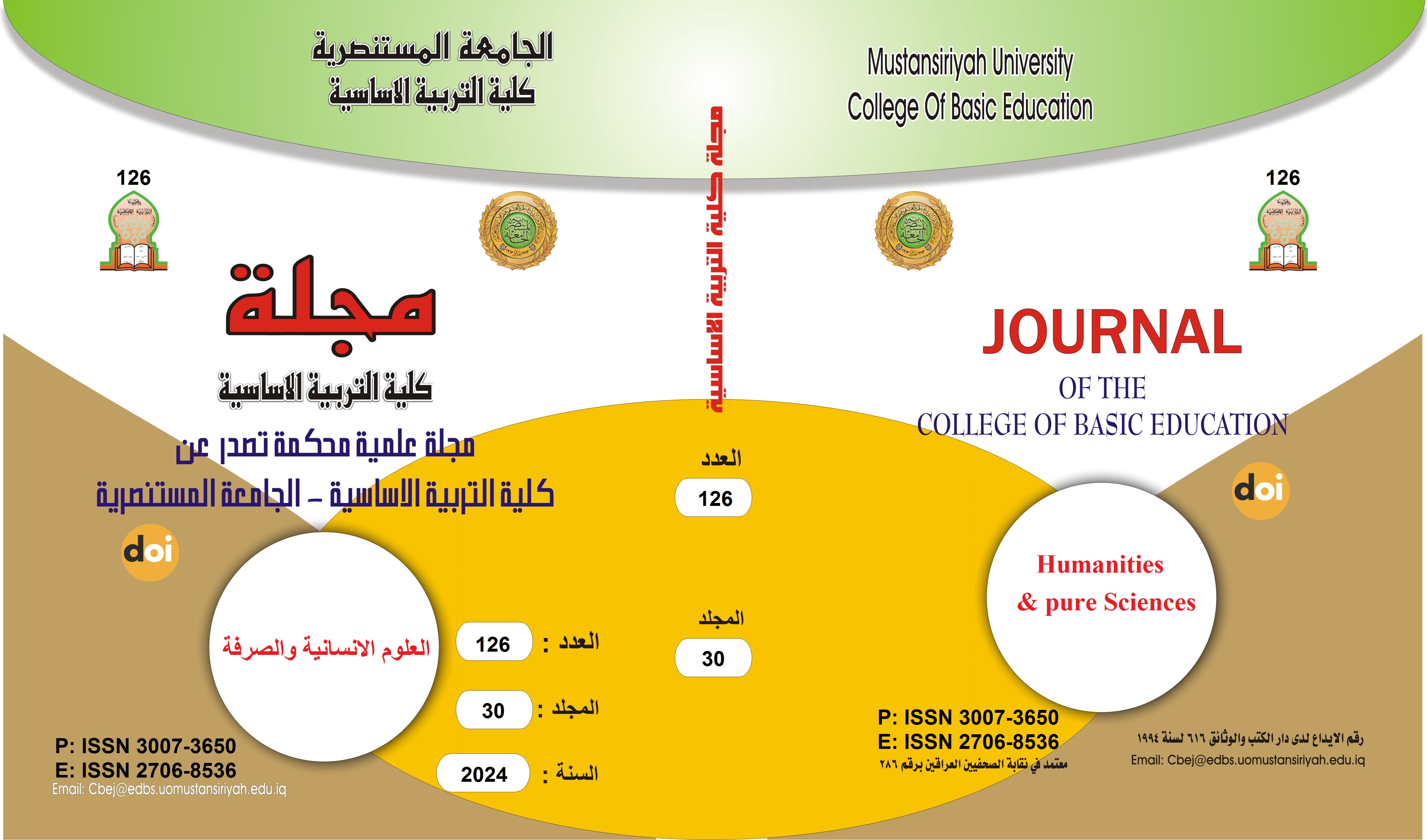Relationship between climate and the spread of cutaneous leishmaniasis in Marib Governorate – Yemen
Main Article Content
Abstract
A number of diseases have appeared in Marib Governorate recently, especially with the increasing number of population and movements of displacement from within the governorate itself or from other governorates. This makes it a target for study and research to determine the extent of the spread of these diseases and their relationship to climatic characteristics. One of these diseases is the cutaneous leishmaniasis.
The study aims at revealing the influence of the climatic characteristics of temperature, relative humidity, and rain on the spread of leishmaniasis and on the number of people infected in Marib Governorate. It relies on climatic data of the governorate and the statistics of the infected people provided by the health office in Marib Governorate. The study applies the simple and multiple linear correlation coefficients, and the simple and multiple linear regression using the SPSS statistical program.
The results of the study indicate that there is a direct, strong and statistically significant relationship between temperature and the number of people infected with cutaneous leishmaniasis, as well as between rain and the number of infected people. However, there is a moderate and statistically inversely significant relationship between relative humidity and the number of people infected. There is also a statistically significant relationship between the climatic characteristics (temperature, relative humidity, rainfall) and the number of people infected with cutaneous leishmaniasis among people of Marib Governorate at a confidence level of 95% (significant level of 5% .
Article Details

This work is licensed under a Creative Commons Attribution-ShareAlike 4.0 International License.
